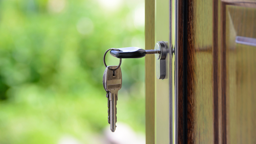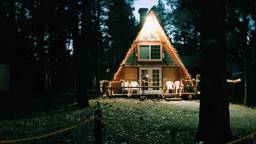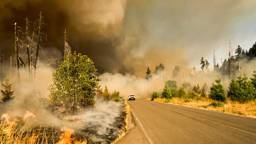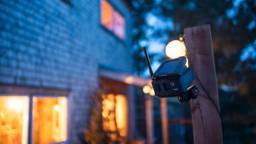
*All products featured are selected by our editors. When you make a purchase through a qualifying link, we may earn a commission via affiliate programs with Amazon.com and other retailers.
Cool Ways to Get a Hot Spark
In windy or rainy conditions, a standard match or lighter might not do the trick. A terrific option is a commercial fire starter, such as BlastMatch. It’s a small, handheld device that uses a spring-loaded flint and tungsten striker to create a spark. It requires only one hand to operate, so you can use the other to shield the spark from the wind.If you’re in a survival situation and you’re out of other options, you can try igniting a flame using a cell phone battery and steel wool. First, remove the battery from your cell phone, and find the positive and negative contact points. Break off a small hunk of steel wool, and roll it into a narrow, inch-long bendable stick. Now, touch one end of the stick to the positive contact point and the other to the negative, thus creating an electrical short, which should cause the steel-wool stick to smolder. Quickly transfer this to your tinder, and – after blowing gently on it to provide oxygen – voilà!
In a perfect world, the flame takes and your campfire grows. (While you’re just grabbing a spark from your battery, be aware that this technique could potentially harm your battery, so it’s probably not something you want to make a habit of.)
How NOT to Build a Fire
Here are some mistakes people often make when building a fire.
- Using kindling and logs that are too big during the kindling and fuel-log stages.
- Using tinder that is wet or materials that are unburnable, such as plastic.
- Not allowing enough space between kindling pieces and fuel logs. Fire needs oxygen, so if your fire’s not thriving, make sure that there’s enough room for the air to circulate between pieces. No air means no fire.
- Building a fire under a tree.
- Not attending to the fire once it’s going. This is especially dangerous if the surrounding area is dry and there’s potential tinder everywhere.
What NOT to Burn
- Lighter fluid; using this to start a fire could cause a dangerous explosion.
- Live trees or branches, especially those cut from public places.
- Bark peeled from a live tree.
- Trash, aluminum or tin cans, aerosol cans, pressurized containers, glass, treated lumber, etc. These can explode, shatter, and/or release pollutants into the atmosphere.
- Dry leaves. They make good tinder, but don’t place them in the fire once it’s going. They can float away while they’re burning, potentially causing a forest fire or burning down your cabin.
How to Extinguish a Fire
Our friend Smokey the Bear shares these guidelines for making sure your fire is safely out. To learn more, visit www.smokeybear.com.
- Allow the wood to burn completely to ash, if possible.
- Pour lots of water on the fire; drown ALL embers, not just the red ones.
- Pour the water until the hissing sound stops.
- Stir the campfire ashes and embers with a shovel.
- Scrape the sticks and logs to remove any embers.
- Stir the ashes, making sure everything is wet and cold to the touch.
- If you don’t have water, use dirt. Continue adding dirt or sand to the embers and stirring until all material is cool.
Remember:
Do NOT simply bury the fire, because the fire will continue to smolder and could catch roots on fire that will eventually get to the surface and start a wildfire.










